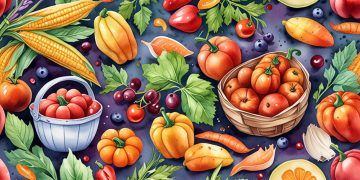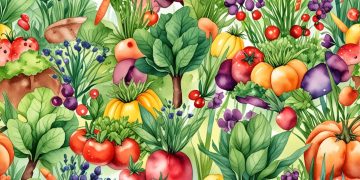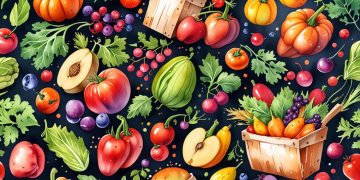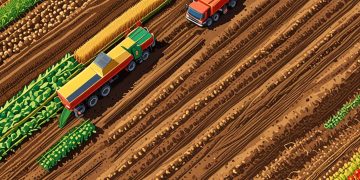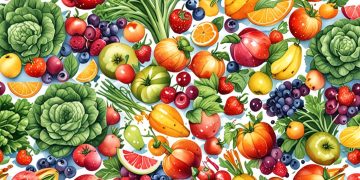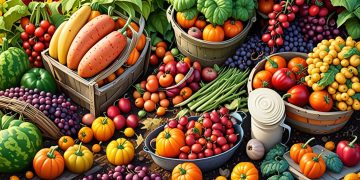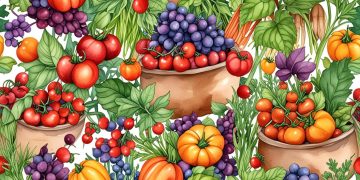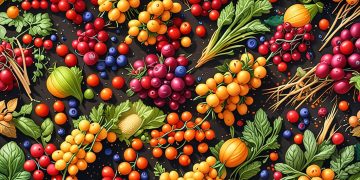Effective food preservation techniques, such as canning, freezing, dehydration, and fermentation, are essential for maintaining the quality and nutritional value of fresh produce after harvest. Mastering these methods not only extends shelf life but also enhances flavors, promotes sustainability, and reduces food waste, enabling year-round enjoyment of your bounty.
